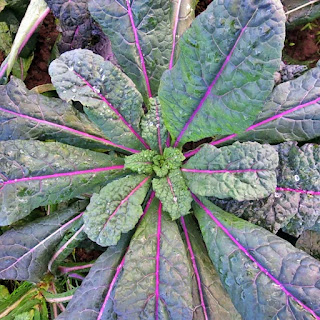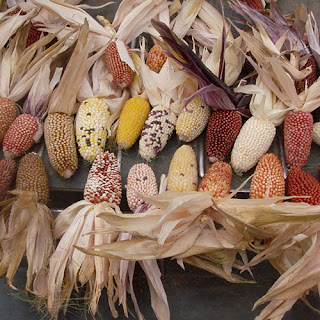(Opuntia Cacanapa) Nopales

(Opuntia Cacanapa) a spineless edible Prickly pear cactus, also Called Nopales. C an be grown asanornamental, or food, and commercial value. Nopal also has uses as a source of fibers for clothing and fodder for livestock. While nopal cactus can be grown from seeds, it is more easily propagated from cuttings. Nopal grows relatively quickly and requires little attention.This listing is for one non-rooted cutting, which is About size:three to four inches wide by five inches tall. Hardiness is down to about -20 degrees, USDA zone 5.Health Benefits of Nopal Cactus The pads and the pears are edible. The abundance of medical advantages that originate from nopales are basically inferable from its sustenance and vitamin content, which incorporates riboflavin, vitamin B6, copper, press, fiber, vitamin A, vitamin C, and vitamin K, calcium, potassium, magnesium, and manganese. Nopale is additionally an essential wellspring of certain natural mixes like phytochemicals and certain polysaccharides th



